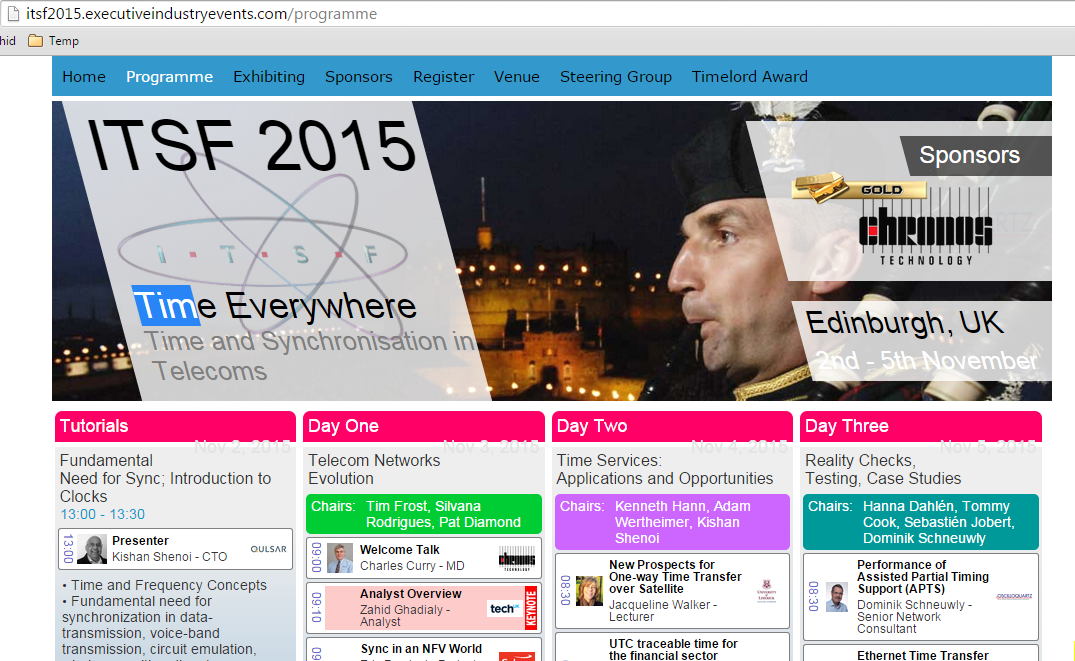5G networks have multifaceted requirements where the network needs to be optimised for data rate, delay and connection numbers. While some industry analysts suspect that these requirements cannot be met by a single network, vendors suggest that Network Slicing will allow all these requirements to be met by a single network.
Ericsson's whitepaper provides a good definition of what network slicing means:
A logical instantiation of a network is often called a network slice. Network slices are possible to create with both legacy platforms and network functions, but virtualization technologies substantially lower barriers to using the technology, for example through increased flexibility and decreased costs.
...
Another aspect of management and network slicing is setting up separate management domains for different network slices. This may allow for completely separate management of different parts of the network that are used for different purposes. Examples of use cases include mobile virtual network operators (MVNOs) and enterprise solutions. This kind of network slice would, in current Evolved Packet Core (EPC) networks, only cover the PDN gateway (PGW) and the policy control resource function (PCRF). However, for machine type communication (MTC) and machine-tomachine (M2M) solutions, it is likely that it would also cover the Mobile Management Entities (MMEs) and Serving Gateways (SGWs).
NGMN came out with the 5G whitepaper which touched on this subject too:
Figure above illustrates an example of multiple 5G slices concurrently operated on the same infrastructure. For example, a 5G slice for typical smartphone use can be realized by setting fully-fledged functions distributed across the network. Security, reliability and latency will be critical for a 5G slice supporting automotive use case. For such a slice, all the necessary (and potentially dedicated) functions can be instantiated at the cloud edge node, including the necessary vertical application due to latency constraints. To allow on-boarding of such a vertical application on a cloud node, sufficient open interfaces should be defined. For a 5G slice supporting massive machine type devices (e.g., sensors), some basic C-plane functions can be configured, omitting e.g., any mobility functions, with contentionbased resources for the access. There could be other dedicated slices operating in parallel, as well as a generic slice providing basic best-effort connectivity, to cope with unknown use cases and traffic. Irrespective of the slices to be supported by the network, the 5G network should contain functionality that ensures controlled and secure operation of the network end-to-end and at any circumstance.
Netmanias has a detailed article on this topic which is quite interesting too, its available here.
Recently, South Korean operator SK Telecom and Ericsson concluded a successful trial of this technology, see here. Ericsson is also working with NTT Docomo on 5G including network slicing, see here.





































